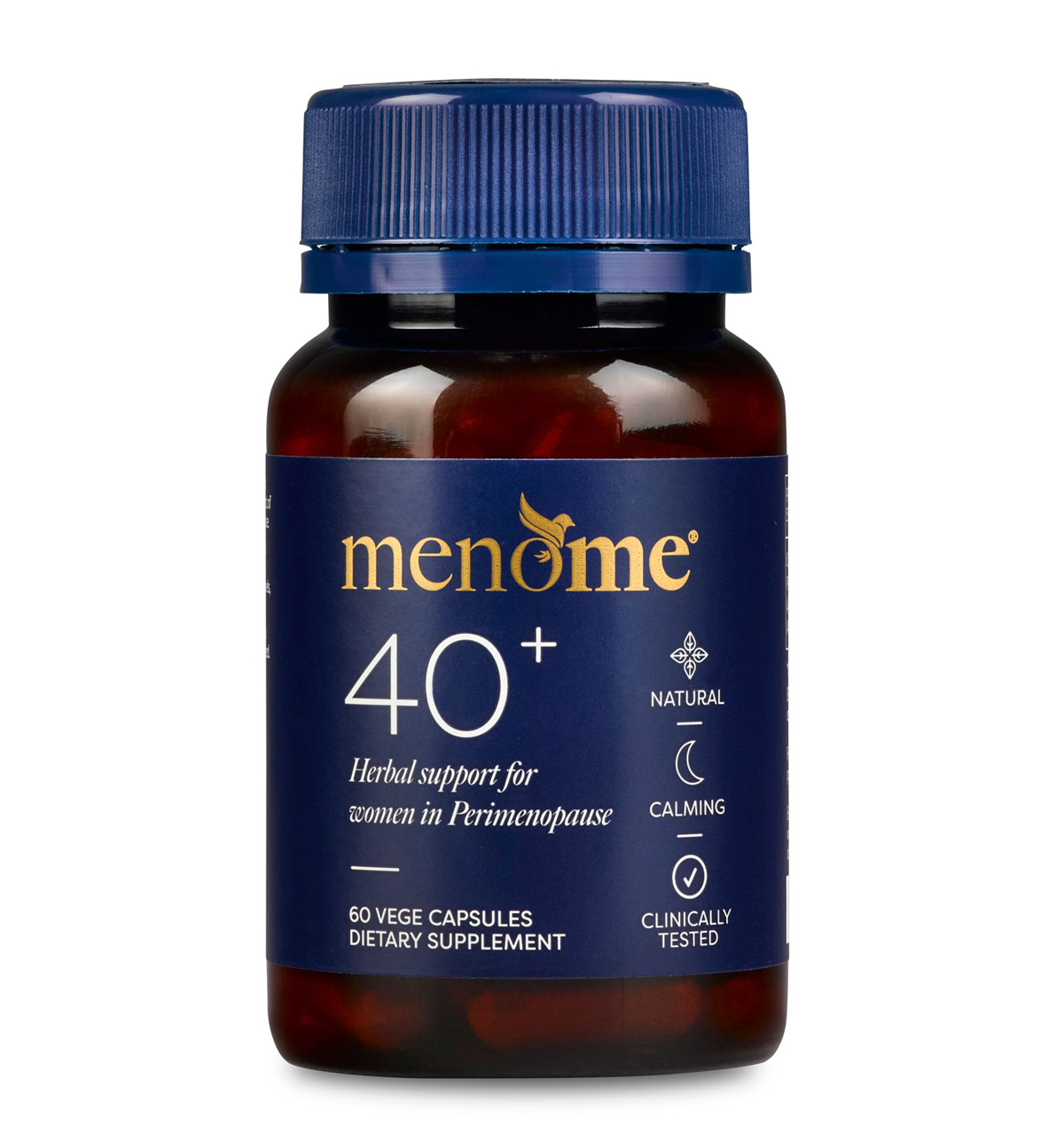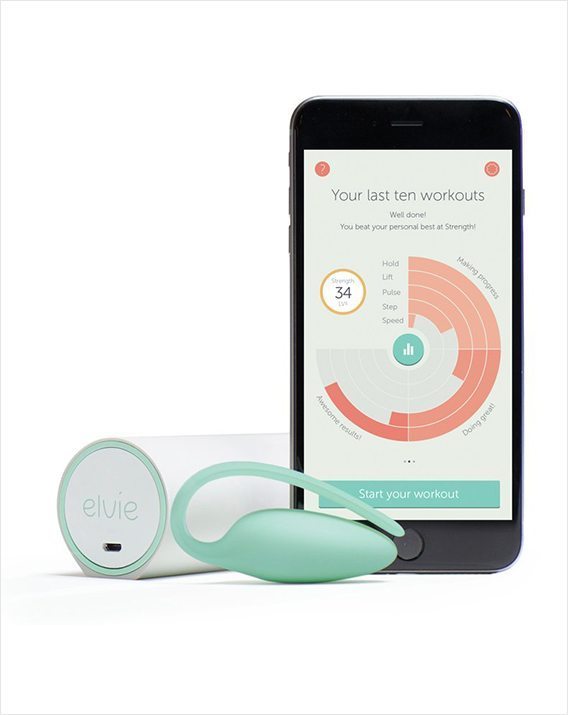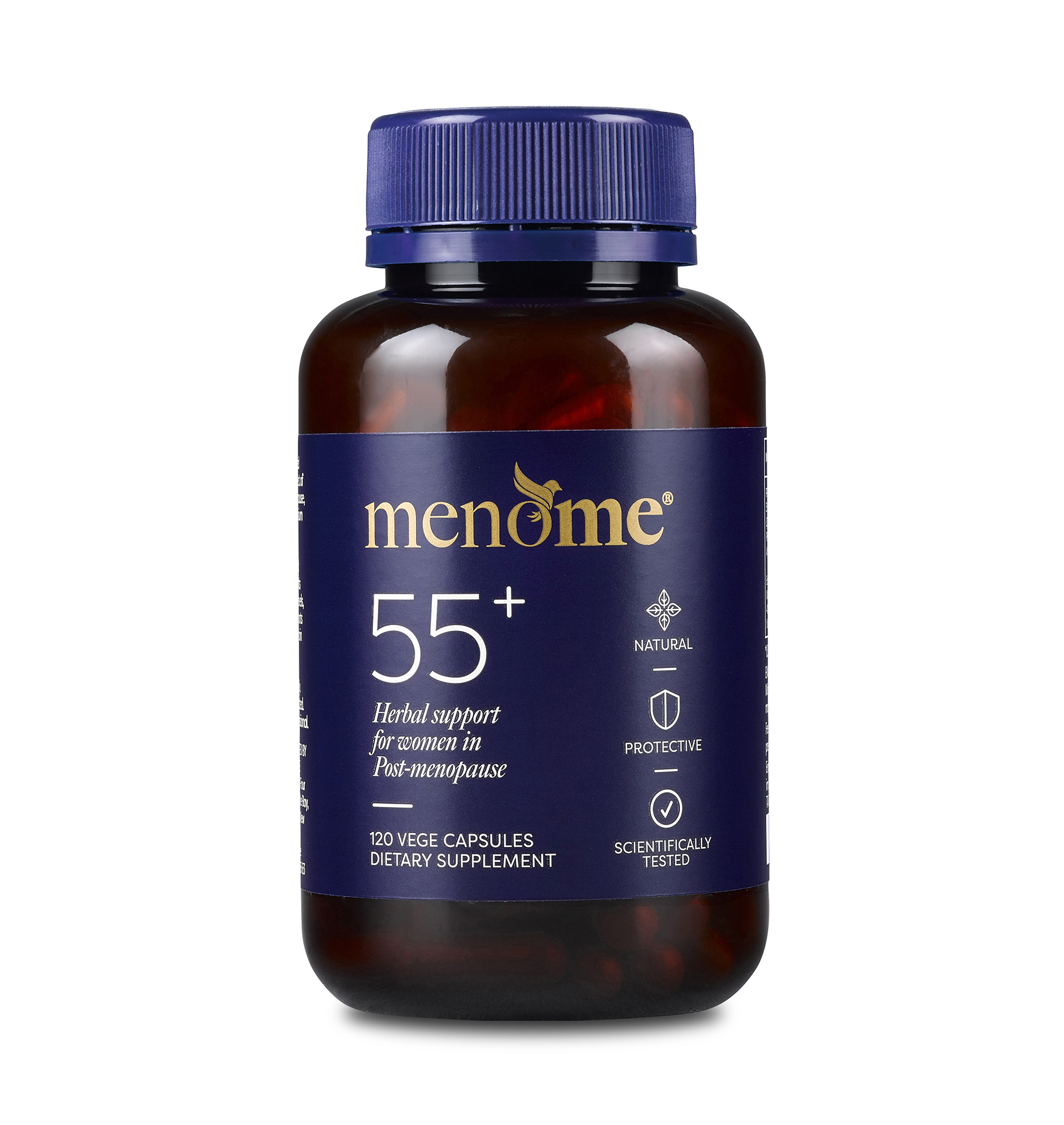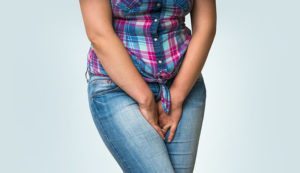Fewer Leaks: Life With Elvie
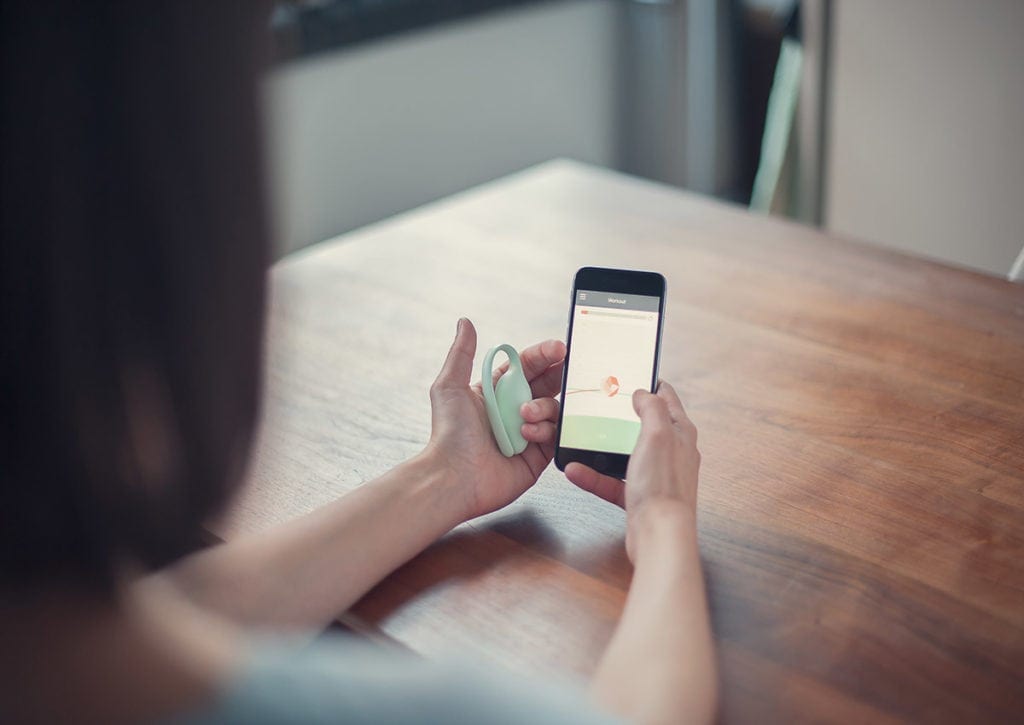
Fewer leaks? What are you talking about?
Actually, I’m talking about incontinence and perimenopause. The percentage of women who experience menopause related bladder leakage is large, but nobody wants to talk about it.
It’s as taboo as menopause.
A 2011 study by the Medical University of Vienna in Austria said the issue is ‘considered significantly more embarrassing than depression or cancer’.
Indeed, the World Health Organisation recently listed incontinence as a major health issue.
Here are a few numbers:
- Three to six million people in the UK suffer incontinence
- 80% of Australians who live with incontinence are women
- 175,000 adult Kiwi women are bothered by a leaky bladder
- Globally, over half of the female population will experience leakage at some time in their lives
- A three-month Australian study found 50 percent of women aged 45-59 experienced mild, moderate or severe urinary incontinence.
Of those people, only about 30 percent seek treatment.
Those are some pretty big numbers. And while the problem isn’t life threatening it can certainly affect quality of life, self-esteem, sexual activity and depression. Combine that with other menopausal signs and it’s not much fun at all.
The World Health Organisation recently listed incontinence as a major health issue. Click To TweetHow Does The Bladder Work?
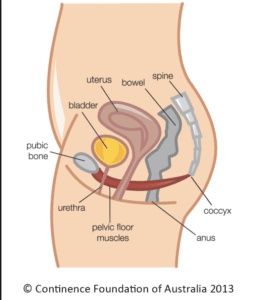
The diagram above from Continence.org.au shows us the bladder is a storage organ that sits in our pelvis. They explain that urine is made by the kidneys and stored here until we are ready to empty it. When we go to the toilet the outlet muscles (urethral sphincter and pelvic floor) relax. Then the bladder itself contracts (squeezes) emptying it of urine. Our brain controls the process by sending messages to tell the bladder when to hold and when to empty.
Common Signs Of Bladder Issues
Passing urine frequently and rushing to the toilet (urgency) to pass urine are the most common signs.
Others include:
- leakage of urine with coughs, sneezes, or exercise
- urine leaks on the way to the toilet
- getting up twice or more overnight to pass urine
- frequent urinary tract infections
- being unable to control wind
- constipation
What Happens During The Perimenopause?
With age and perimenopause, the pelvic floor muscles begin to weaken. As the pelvic floor is crucial to bladder control a weakness may cause more regular urges to go to the loo. Furthermore we may have less of an ability to ‘hold on’.
Over time the bladder also becomes less elastic. Therefore it doesn’t ‘stretch’ easily to accommodate the urine as it fills and may become irritated bringing on an urge to urinate.
Gaining weight can also create issues. A significant amount of weight gain can put strain on the pelvic floor muscles. This, in turn, exacerbates their weakened ability to support your bladder.
With age and perimenopause, the pelvic floor muscles begin to weaken. Click To TweetMy Life With Elvie
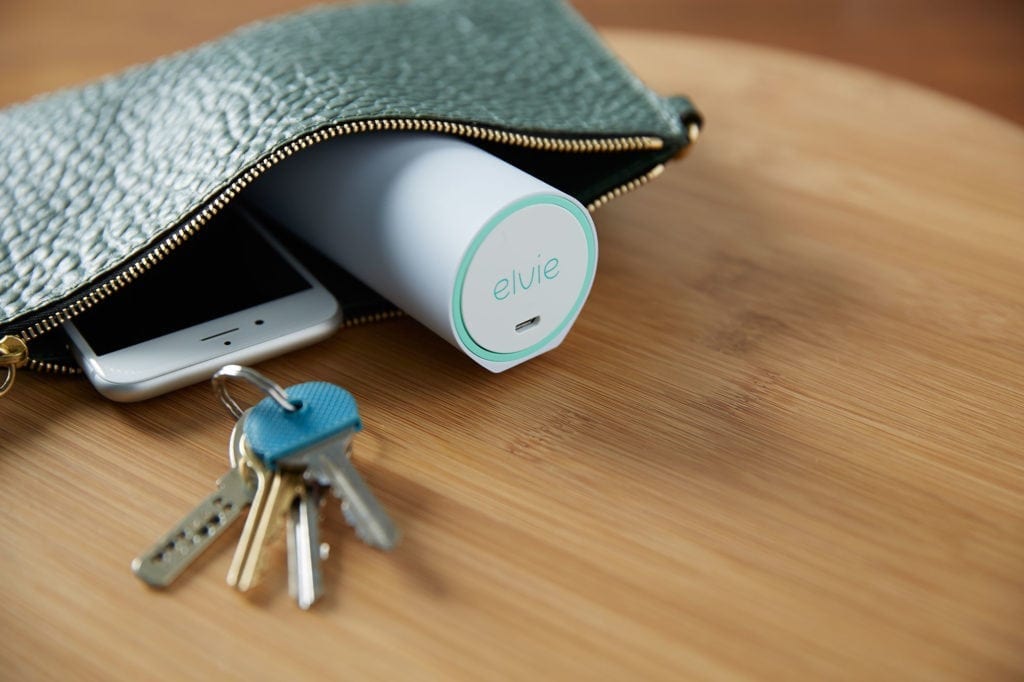
I had no idea of all of these possible changes. So when I began having untimely urges to go to the loo (when it was incredibly inconvenient) I didn’t know why. I tended to put it down to infection but it got worse.
Kegel exercises were pu on my daily to-do list but I frequently forgot. Then I discovered Elvie.
According to the Journal of Obstetrics and Gynaecology, you need to do one hundred Kegels a day (it’s the movement you use to stop your urine midstream). Click To TweetA beautifully designed, state of the art pelvic floor trainer with app. It’s part of a new wave of feminine-tech offerings coming on the market designed by women for women. 😀
I can honestly say Elvie changed my life. I used it religiously at first and as my signs improved I used it less often to keep toned. The good news is I’ve conquered my problem.
This is a great thing.
In fact, it’s a wonderful thing.😀
I read this on Gwyneth Paltrow’s goop
“We’re huge fans of Kegels here at goop and huge fans of the Elvie tracking device that makes getting to one hundred a day way easier. “It’s a wonderful little device,” gynaecologist Carolyn Delucia, the executive medical director at the VSpot MediSpa in New York enthuses. “Most women don’t know how to do Kegels correctly. They bear down, which doesn’t engage the muscles. Instead, they need to be lifting up. The Elvie teaches you how to do a Kegel correctly. Childbirth or no childbirth, the vaginal tissue naturally weakens over time; collagen and elasticity degrades.”
So I figure I’ve got a survival kit going on 😀. See below (you’re welcome)!
Your Meno Survival Kit
(click on the image for info)
Need help? Send me an e here.
With thanks to continence.org.au and continence.org.nz

